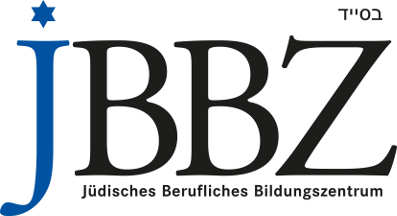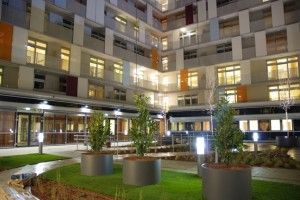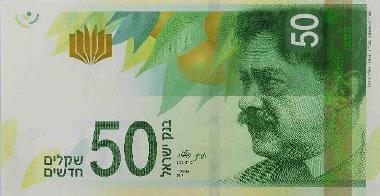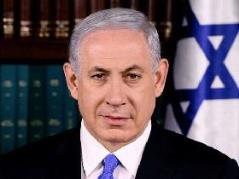Links

Hotel Imperial Wien
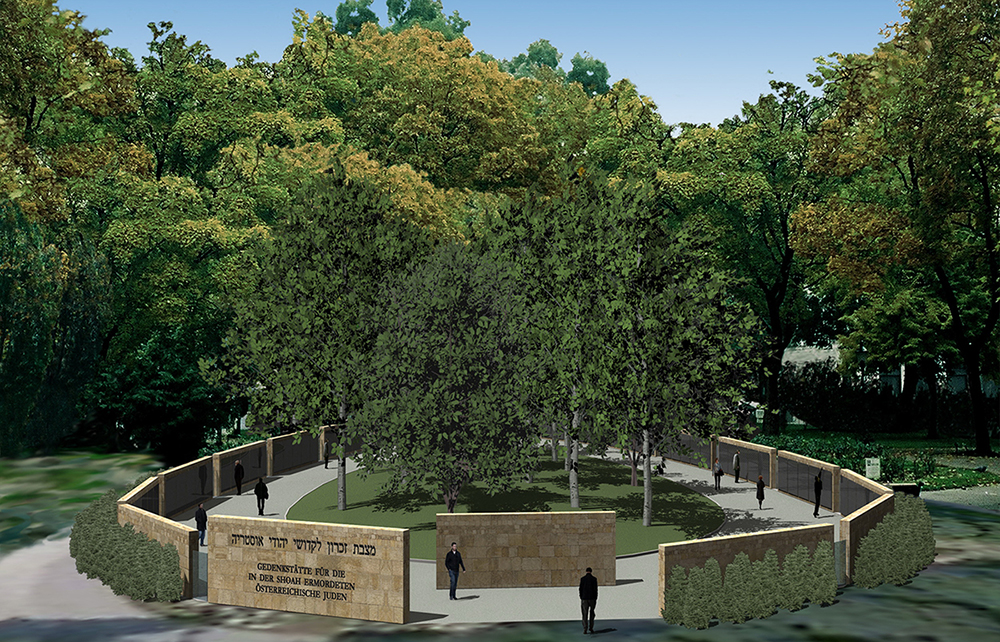
Namensmauer fuer die Opfer der Shoah
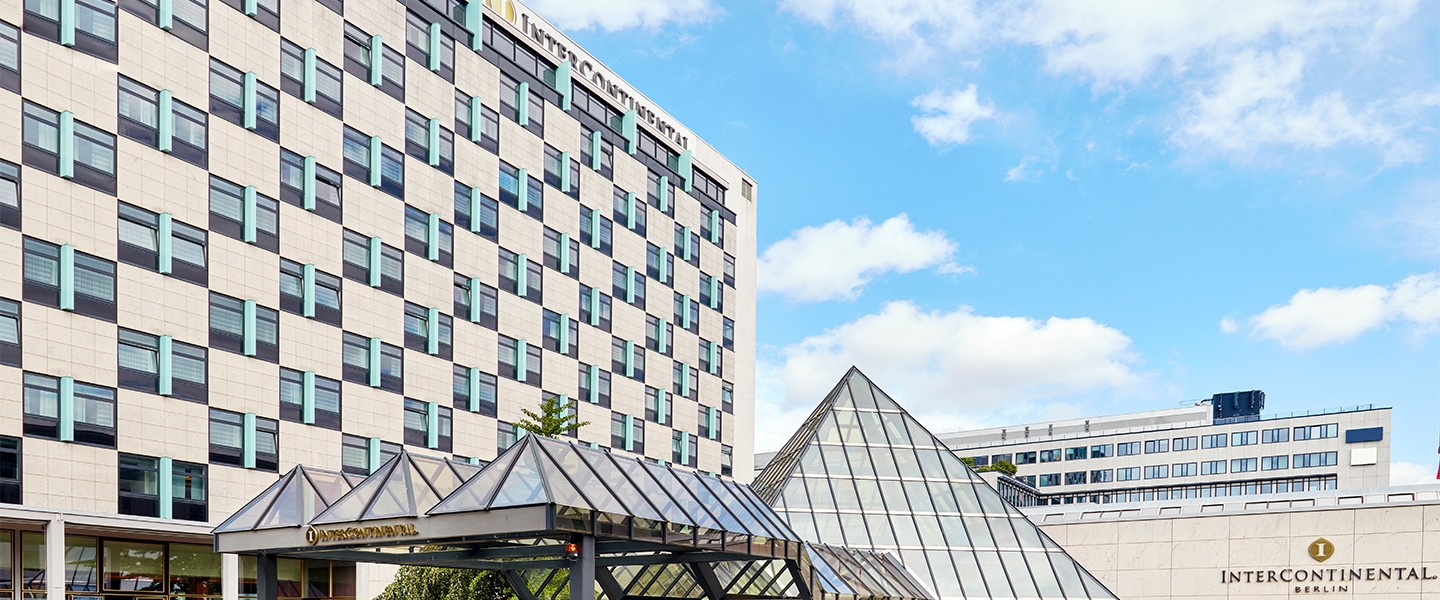
Hotel Intercontinental Berlin
JBBZ- juedisches Berufsbildungszentrum
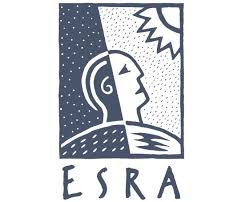
ESRA- Psychosoziales esra.atZentrum in Wien
Maimonides Zentrum Wien
FPÖ-Landesrat Waldhäusl will Verkauf koscheren Fleisches einschränken - derstandard.at/2000083649732/IKG-befuerchtet-Verbot-koscheren-Fleischs-in-Niederoesterreich FPÖ-Landesrat Waldhäusl will Verkauf koscheren Fleisches einschränken - derstandard.at/2000083649732/IKG-befuerchtet-Verbot-koscheren-Fleischs-in-NiederoesterreichFPÖ-Landesrat Waldhäusl will Verkauf koscheren Fleisches einschränken - derstandard.at/2000083649732/IKG-befuerchtet-Verbot-koscheren-Fleischs-in-NiederoesterreichFPÖ-Landesrat Waldhäusl will Verkauf koscheren Fleisches einschränken - derstandard.at/2000083649732/IKG-befuerchtet-Verbot-koscheren-Fleischs-in-NiederoesterreichFPÖ-Landesrat Waldhäusl will Verkauf koscheren Fleisches einschränken - derstandard.at/2000083649732/IKG-befuerchtet-Verbot-koscheren-Fleischs-in-NiederoesterreichFPÖ-Landesrat Waldhäusl will Verkauf koscheren Fleisches einschränken - derstandard.at/2000083649732/IKG-befuerchtet-Verbot-koscheren-Fleischs-in-NiederoesterreichFPÖ-Landesrat Waldhäusl will Verkauf koscheren Fleisches einschränken - derstandard.at/2000083649732/IKG-befuerchtet-Verbot-koscheren-Fleischs-in-Niederoest
Your Ultimate Guide To The Laws And Customs Of Shavuot
Read more: http://forward.com/scribe/373074/your-ultimate-guide-to-the-laws-and-customs-of-shavuot/
Read more: http://forward.com/scribe/373074/your-ultimate-guide-to-the-laws-and-customs-of-shavuot/
Your Ultimate Guide To The Laws And Customs Of Shavuot
Read more: http://forward.com/scribe/373074/your-ultimate-guide-to-the-laws-and-customs-of-shavuot/
Read more: http://forward.com/scribe/373074/your-ultimate-guide-to-the-laws-and-customs-of-shavuot/
Your Ultimate Guide To The Laws And Customs Of Shavuot
Read more: http://forward.com/scribe/373074/your-ultimate-guide-to-the-laws-and-customs-of-shavuot/
Read more: http://forward.com/scribe/373074/your-ultimate-guide-to-the-laws-and-customs-of-shavuot/
Your Ultimate Guide To The Laws And Customs Of Shavuot
Read more: http://forward.com/scribe/373074/your-ultimate-guide-to-the-laws-and-customs-of-shavuot/
Read more: http://forward.com/scribe/373074/your-ultimate-guide-to-the-laws-and-customs-of-shavuot/
Your Ultimate Guide To The Laws And Customs Of Shavuot
Read more: http://forward.com/scribe/373074/your-ultimate-guide-to-the-laws-and-customs-of-shavuot/
Read more: http://forward.com/scribe/373074/your-ultimate-guide-to-the-laws-and-customs-of-shavuot/
Your Ultimate Guide To The Laws And Customs Of Shavuot
Read more: http://forward.com/scribe/373074/your-ultimate-guide-to-the-laws-and-customs-of-shav
Read more: http://forward.com/scribe/373074/your-ultimate-guide-to-the-laws-and-customs-of-shav
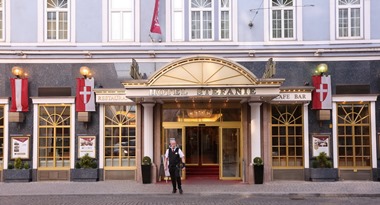

Zwei Welten für eine Partei
Politische Unsicherheit in Israel könnte zum Konjunkturrisiko werden
König Bibi und sein gespaltenes Land
The Gentleman from Austris stellt Bibi eine Frage mit ungeahnten Folgen
Kielce pogrom
by Herbert Kuhner
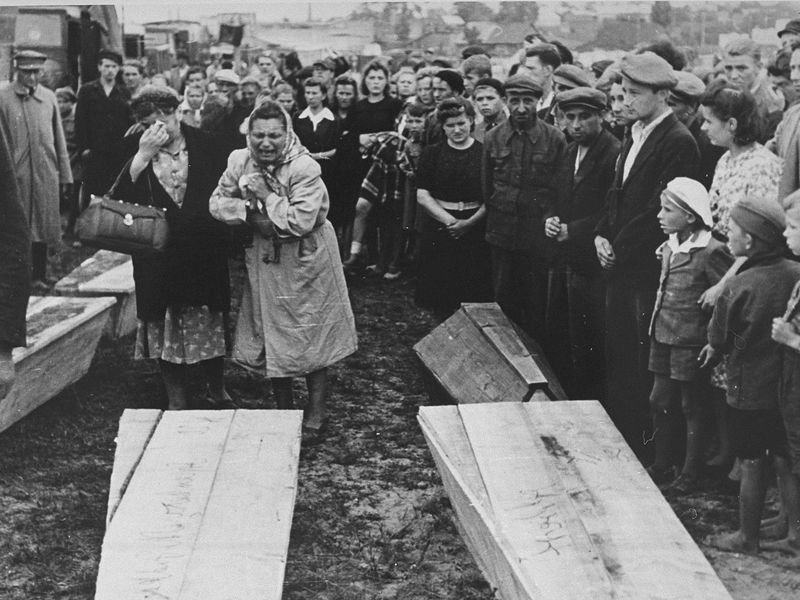
(the causes of which are still very controversial ),
[50] erupted in Kielce on July 4, 1946.
[57]
The rumour that a Polish boy had been kidnapped by Jews but had managed to escape, and that other Polish children had been ritually murdered by Jews – according to Pynsent – ignited a violent public reaction directed at the Jewish Center.
[57]
Attacks on Jewish residents of Kielce were provoked by units of the communist militia and the Soviet- controlled Polish Army who confirmed the rumors of the kidnapping. Police and soldiers were also the first to fire shots at Jews – according to Szaynok.
[58]
Having analyzed the Kielce pogrom for years, author Krzysztof Kąkolewski
( Umarły cmentarz ), came to the conclusion that the Russian NKVD had planned the pogrom in Kielce ahead of time. As he pointed out, there were two very important occasions to be considered that day.
In the Nuremberg tribunal, the Katyn massacre committed against the Polish officers was being investigated, a Russian war crime for which the Russians held Germans responsible.
Also, there was a celebration of the United States Day taking place, attended in Warsaw by many foreign officials and journalists. It was a perfect time for the NKVD to paint a picture of Poland as being antisemitic, and to blame the Home Army (AK) for the violence.
At the time of the pogrom in Kielce, Kąkolewski was 16 years old and lived just few hundred meters from the crime scene. He claims that it was impossible for people to gather out on the street; the police immediately approached any group of 3-4 persons for identification. Furthermore, Kąkolewski claims that the ordinary people were turned away by an army unit that set up a street blockade.
The second part of the same building housed members of the communist party, most of them of Jewish origin, who were not attacked at all. Kąkolewski emphasized also that there were more than 300 members of the secret police and army, present at the scene, of whom many were wearing civilian clothes, not to mention some Russian--speaking soldiers that participated in the pogrom.
The fact that the high-ranking officials from NKVD were in the town at that moment would also support this theory. Of the 12 persons who faced trial, 9 were sentenced to death. According to Kąkolewski, none of them was responsible for the crime; they have been picked up from the watching crowd by the secret police.
[59]
[50]
The pogrom in Kielce resulted in 42 people being murdered and about 50 seriously injured,
[6]
[50]
yet the number of victims does not reflect the impact of the atrocities committed. The Kielce pogrom was a turning point for the postwar history of Polish Jews – according to Michael R. Marrus, as the Zionist
underground concluded that there was no future for Jews in Europe.
[60]
Soon after, Gen. Spychalski signed a decree allowing Jews to leave Poland without visas or exit permits;
[61] and the Jewish emigration from Poland increased
dramatically. [60]
In July 1946, almost 20,000 Jews left Poland. By September,
there were approximately 12,000 Jews left.
[62]
Britain demanded that Poland (among others) halt the Jewish exodus, but their pressure was largely unsuccessful.
[63]
Jewish Virtual Library Poland
Kielce is a town located in southeastern Poland. Jews were excluded from Kielce by a royal "privilege" granted to the city in 1535. Kielce belonged to the estates of the bishops of krakow until 1818, and thus the prohibition on Jewish settlement remained in force. In 1833 a small number of Jews settled in Kielce. They were expelled in 1847 but returned shortly afterward.
In 1852 there were 101 Jews in Kielce and the congregation was affiliated to the neighboring community at Checiny. It became a separate community in 1868, and a cemetery was established. The Jewish population increased from 974 in 1873 to 2,659 in 1882, 6,399 in 1897, and 11,206 in 1909, mainly by immigration from the adjacent small towns. A pogrom in 1918 did not prevent the growth of the community, which by 1921 numbered 15,530 (37.6% of the total population), and by 1931, 18,083. Jews pioneered in exploiting the natural resources of the region and developed industries, commerce, and crafts; among enterprises established by Jews were several banks. Jewish organizations included associations of Jewish merchants and artisans, an old-age home, and an orphanage, as well as a library, a high school, and a number of religious and secular Jewish schools.
A Yiddish weekly was published jointly for the Kielce and Radom communities.
Holocaust Period
In 1939 about 25,000 Jews lived in Kielce. The German army entered the city on Sept. 4, 1939, and the Jews became the subject of terror and persecution. During the first months of 1940 about 3,000 Jews from krakow as well as Jews from Lodz and Lalisz and its vicinity were deported to Kielce, whose Jewish population swelled to about 28,000. On March 31, 1941, after 7,500 Jews arrived from Vienna, a decree was issued to establish a ghetto.
On the eve of Passover the ghetto was sealed off from the outside world. A Judenrat was appointed, chaired by Moshe Pelc, who was eventually arrested and deported to Auschwitz for resisting German orders. His place was filled by Herman Levi, who tended toward collaboration with the Germans. The situation of the population in the ghettorapidly deteriorated. About 4,000 people died during a typhus epidemic in 1941. In the course of three days (Aug. 20–24, 1942), about 21,000 Jews were deported to
Treblinka and exterminated. The ghetto was virtually liquidated. The remaining 2,000 Jews were concentrated in a newly established slave labor camp. Preparations in the camp for an armed rising, conducted by an underground
organization headed by David Barwiner and Gershon Levkowicz, did not succeed. In 1943 a number of deportations from the labor camp took place of about 1,000 people for slave labor camps inSkarzysko-Kamienna , Blizyna, and Pionki, where only a handful survived. The last deportation took place in August 1944, when all the remaining Jewish prisoners were sent to Auschwitz and Buchenwald. Kielce became officially judenrein . Leon Rodal of Kielce was one of the commanders of the Warsaw Ghetto uprising.
Postwar Period
After the war about 200 Jews went to Kielce; some were survivors of Nazi camps, or had hidden in the district, and others had come back from the interior of the U.S.S.R. Their reconstruction of the former organized Jewish community aroused anger among Polish antisemites, who opened a vituperous campaign against the existence of a renewed Jewish community in Kielce. The campaign culminated in an armed pogrom against the Jews – mostly by Polish nationalists and including a few Communists (July 4, 1946). The Jews had no adequate means for self-defense since the police had confiscated the few pistols among them just one day previously. In this pogrom, the largest attack on Jews following the Nazi era, 60–70 Jews were murdered, including children and pregnant women, and around 100 were injured.
The pogrom gave impetus to the Jews in Kielce and to the other Jewish survivors of the Holocaust in Poland, including those who had returned from the Soviet Union, to leave Poland en masse for the West. They reached the displaced persons camps and joined the massive Beriḥah movement to Ereẓ Israel. A monument was erected in the Kielce Jewish cemetery to perpetuate the memory of the victims of the Kielce pogrom. Organizations of former Kielce residents exist in Israel, the U.S., Canada, Argentina, and France. Sources:
Encyclopaedia Judaica
. © 2008 The Gale Group. All Rights Reserved.
J. Lestschinsky, Dos Yidishe Folk in Tsifern
(1922), 77–78; Concise Statistical Yearbook of
Poland , 13 (1963), Eisenbach, in:
Bleter far Geshikhte , 3:2–3 (1950), 3–62, and index;
Rutkowski, in: BZIH, 15–16 (1955), 75–182; 17–18 (1956), 108–28; P. Meyer et al.,
Jews in the Soviet Satellites (1953), index; S. Mikołajczyk,
The Rape of Poland (1948); A memorial
book, Sefer Kielts , was published in 1957 (Heb., partly Yid.).
ADD. BIBLIOGRAPHY:
B. Szaynok, Pogrom Zydow w Kielcach, 4 lipca 1946
(1992); D. Engel, Bein Shiḥrur le- Beriḥah (1996).
Index; PK.

